When traveling with your pet, comfort and safety play a major role. This is especially true if you want to keep your dog or cat with you in the cabin.
The animal must have sufficient room to move around during the flight, and the carrier must comply with the airline's regulations. How do you measure your dog or cat, and what regulations for cabin carriers should you consider?
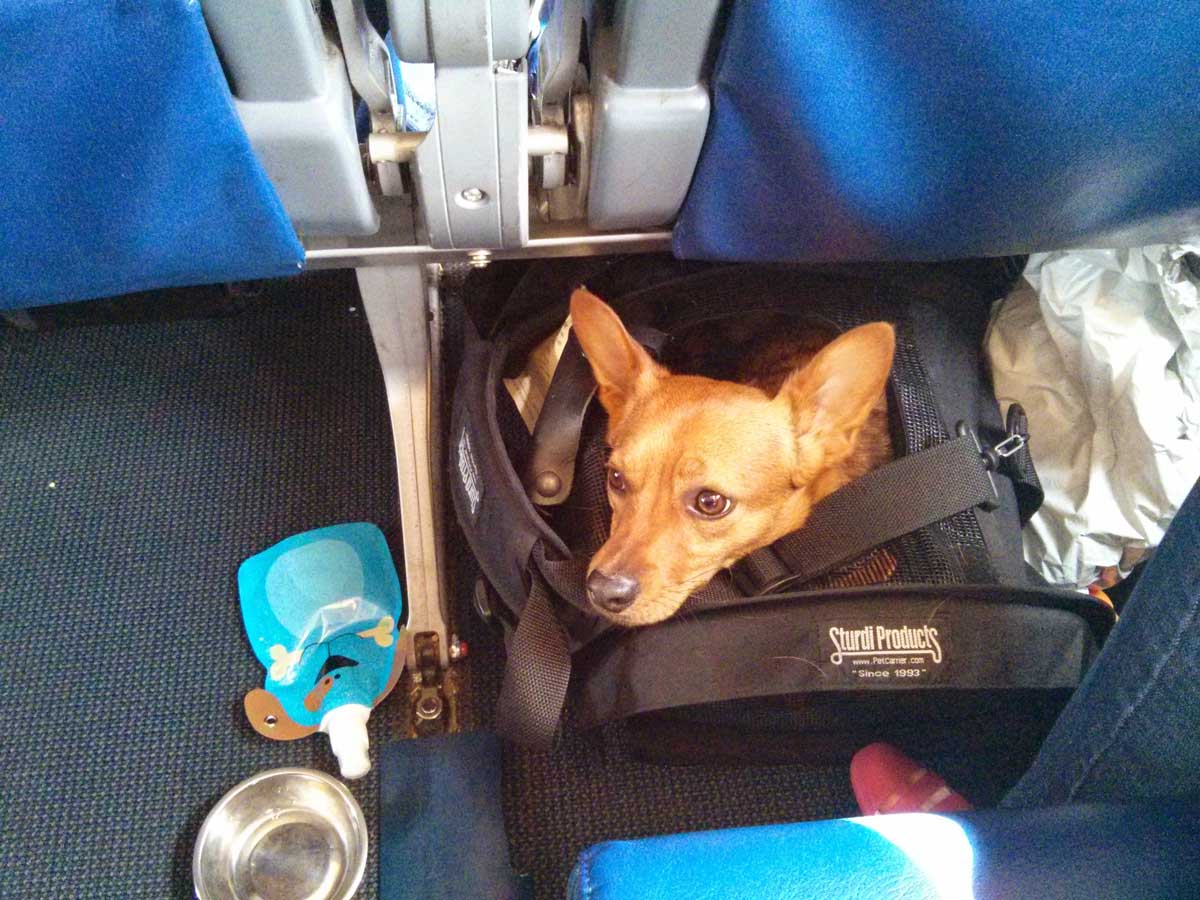
Why measuring pets correctly is important
Accurately measuring your dog or cat is crucial. This is how you choose the right airline-approved cabin carrier. It should have ventilation openings, be sturdy, and offer sufficient room for your cat or small dog to move around.
Correctly measuring pets for cabin carriers is important for the following reasons:
- Sufficient room to move around;
- Comfort during flight;
- Safe travel in a closed carrier.
Correct measurement is important to comply with the regulations of the airline you are flying with.
Safe travel for both people and pets is one of the most important priorities.
The size guidelines for cabin carriers for cats or small dogs may vary by airline. In general, the IATA regulations and animal welfare guidelines are followed.
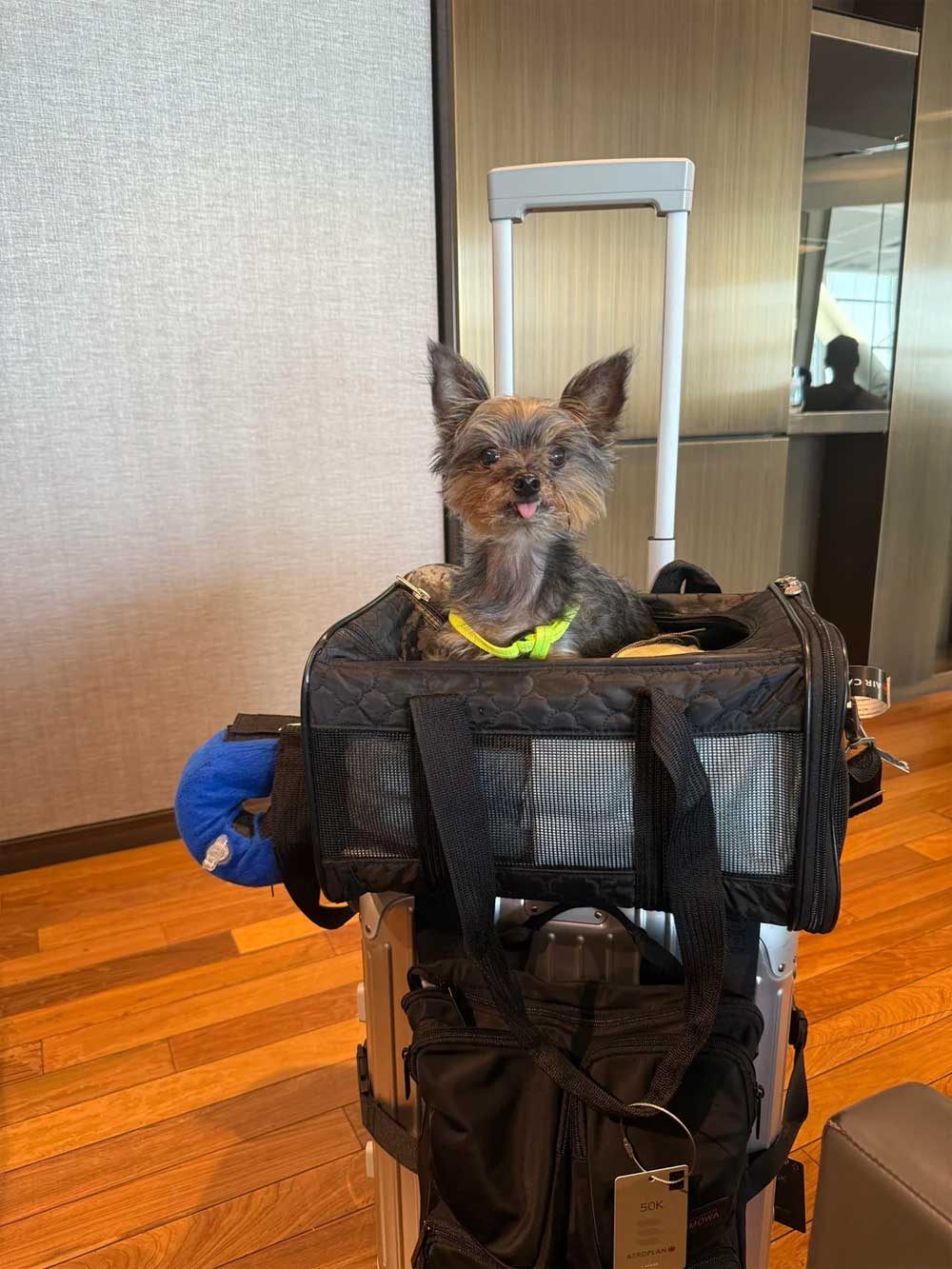
What is IATA?
This abbreviation stands for International Air Transport Association. This association has also established rules for cabin travel bags for cats and small dogs. They must meet certain dimensions, openings, and ventilation options. Zoospot cabin travel carriers comply with IATA guidelines and regulations.
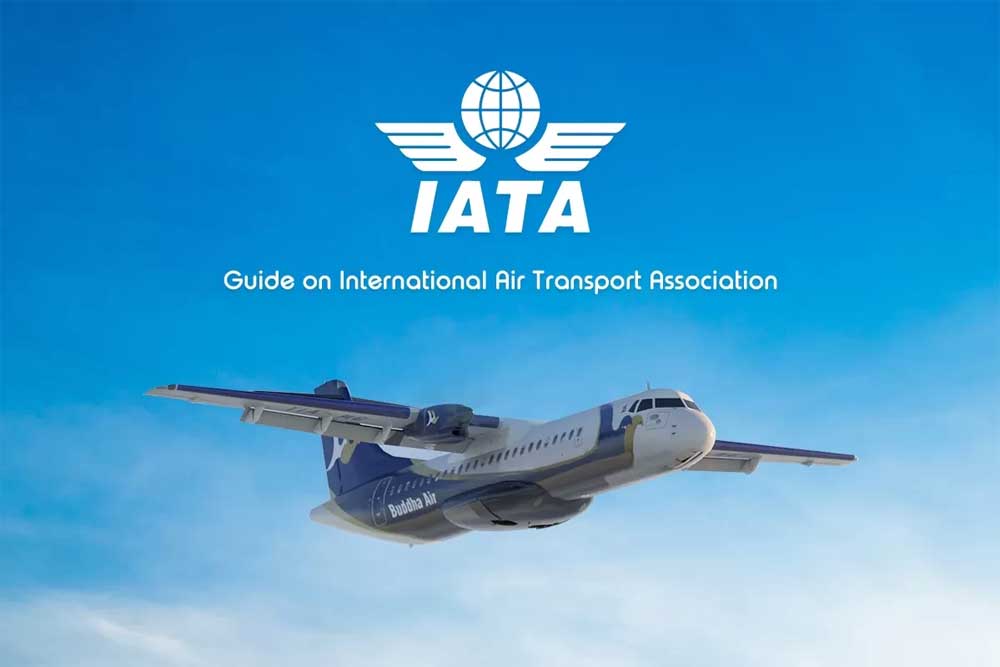
Regulations for the dimensions of aircraft cabin travel carriers
There are specific regulations for the dimensions of aircraft cabin travel carriers. It is important to take this into account before measuring your pet.
- Cabin travel bag must fit under the front seat;
- IATA-approved and flexible travel bags;
- Dimensions from 40 x 30 x 24 cm (Transavia) to 55 x 40 x 23 cm (Lufthansa);
- Weight of the pet including travel bag usually up to 8 kg.
Airline-approved cabin travel bags for Cats or small dogs should be made of flexible material and have adequate ventilation openings. Dimensions may vary by airline (e.g. KLM: 46 x 28 x 24 cm, max. weight 8 kg; Turkish Airlines: 40 x 30 x 23 cm, max. weight 8 kg).
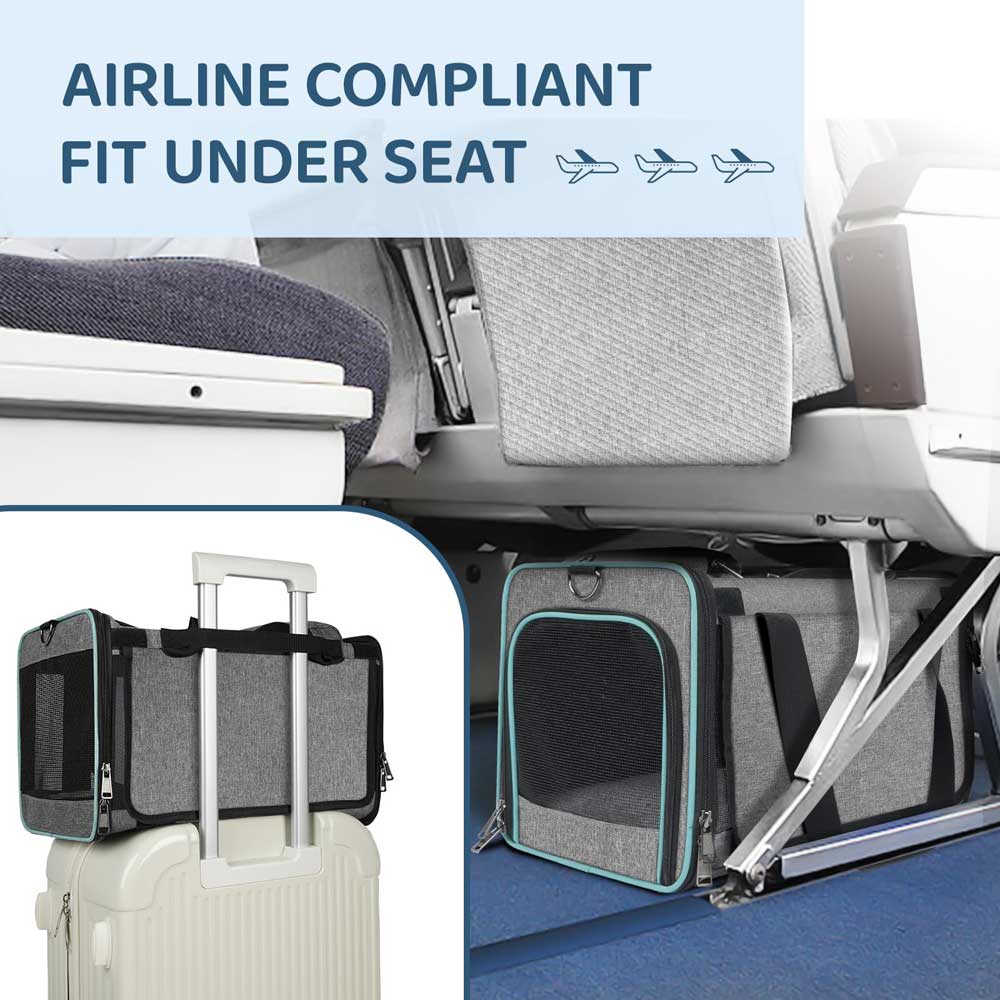
Measuring your cat for an airline cabin carrier: 4 steps
-
Step 1: Start by weighing your cat. This will help you choose the right airline-approved carrier. Max. weight: 8 kg, including pet carrier.
-
Step 2: Measure the cat's length with a flexible measuring tape. Place the cat on a table and measure from the center of the chest to the base of the tail. Choose a carrier that is approximately 10 cm longer than the total length.
-
Step 3: Measure the cat's height from the highest point of the shoulder blade to the feet. Add 3-5 cm to the basket height.
- Step 4: Measure the width of the cat across the shoulders. The carrier should be approximately twice as wide as the cat, plus 5-10 cm.
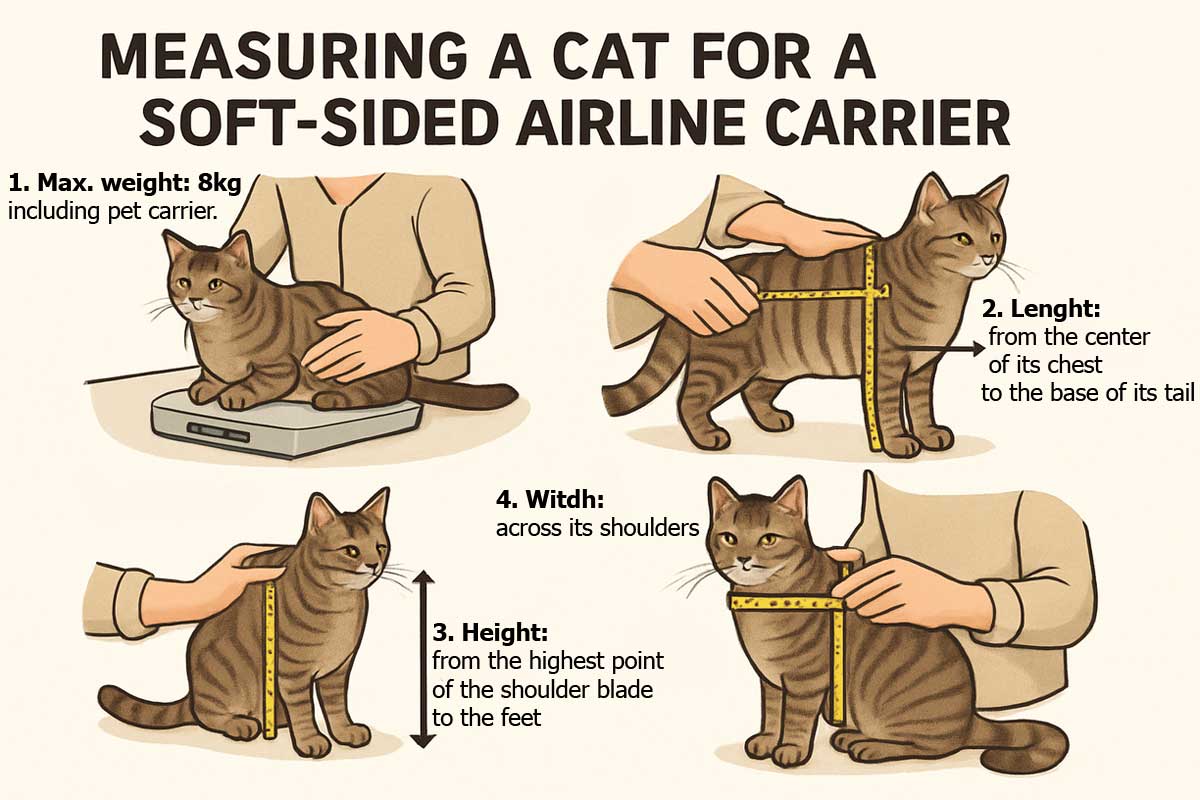
Measuring a cat for an airline-approved soft carrier: a step-by-step guide
Measuring a small dog for an airplane cabin carrier: 4 steps
-
Step 1: Weigh the dog for exact weight. Max. Weight including bag: 8 kg.
-
Step 2: Measure the dog's length from chest to base of tail. Add 10 cm to the bed size.
-
Step 3: Measure the height from the point of the shoulder to the base of the leg. Add 10 cm for the basket height.
- Step 4: Measure the dog's width at the widest point of its back, multiply by two, and add 10 cm.
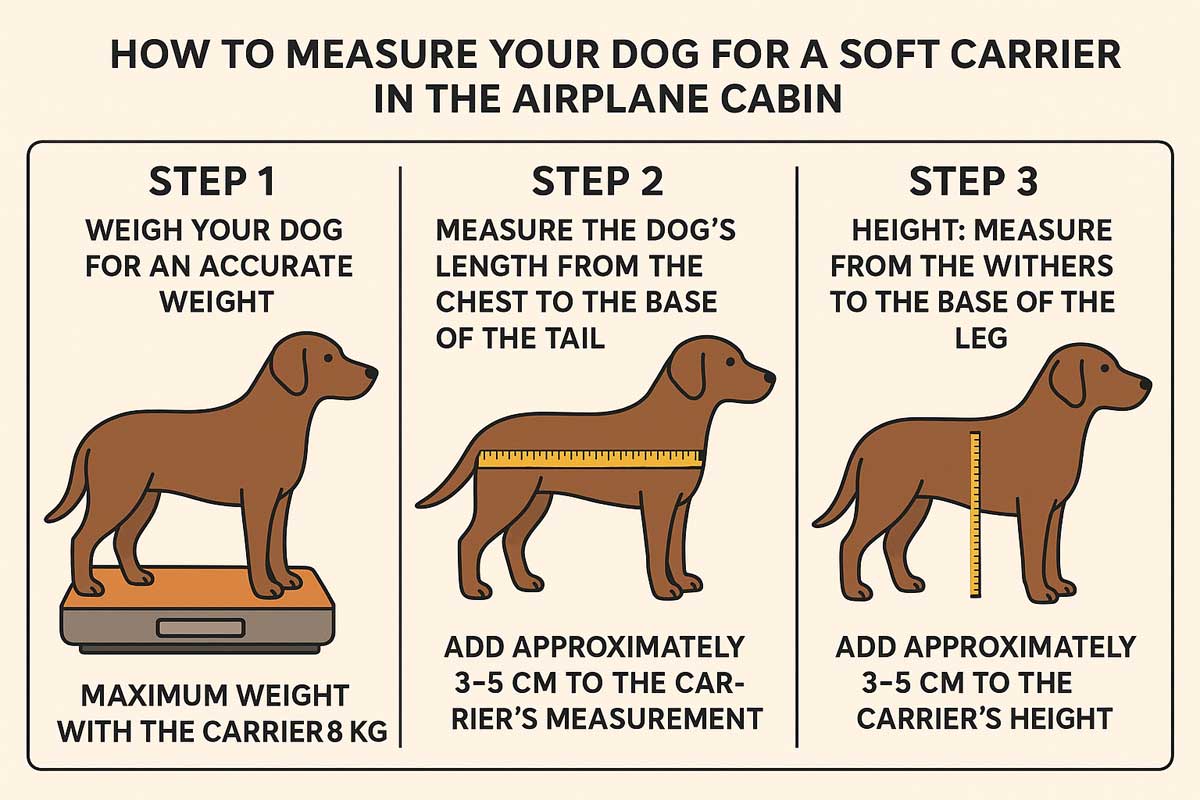
How to measure your dog for an airline-approved soft carrier: a step-by-step guide
How to Measure Your Dog for a Pet Carrier
Height, length, and width – which dimensions really matter?
Both height, length and Width is important for cabin carriers. This ensures that your cat or dog can comfortably lie down or stand and easily turn around during the flight.
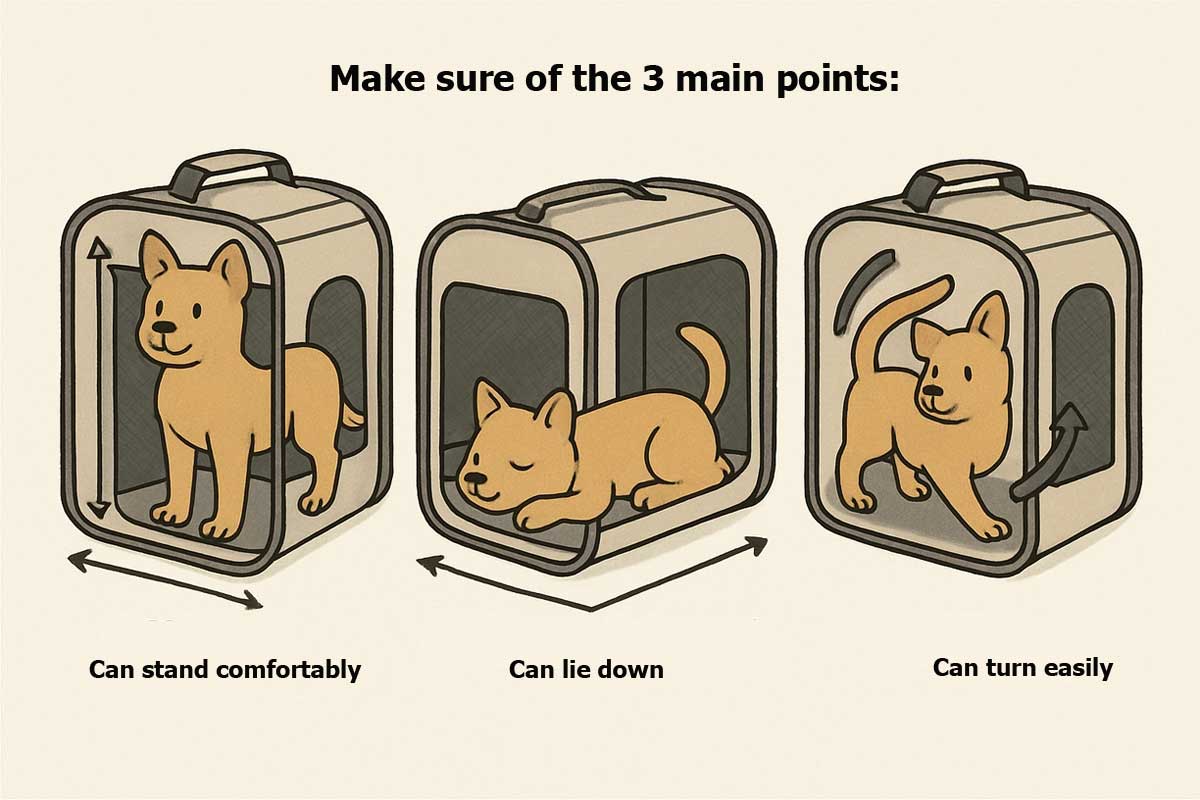
Make sure you keep these 3 key points in mind when flying with your pet
Additional Tips for Pets Close to the Size Limit
Always choose the largest permitted carrier size. Examples of maximum dimensions:
These will still fit under the passenger seat. For larger pets, transport in the airline's hold can also be considered.
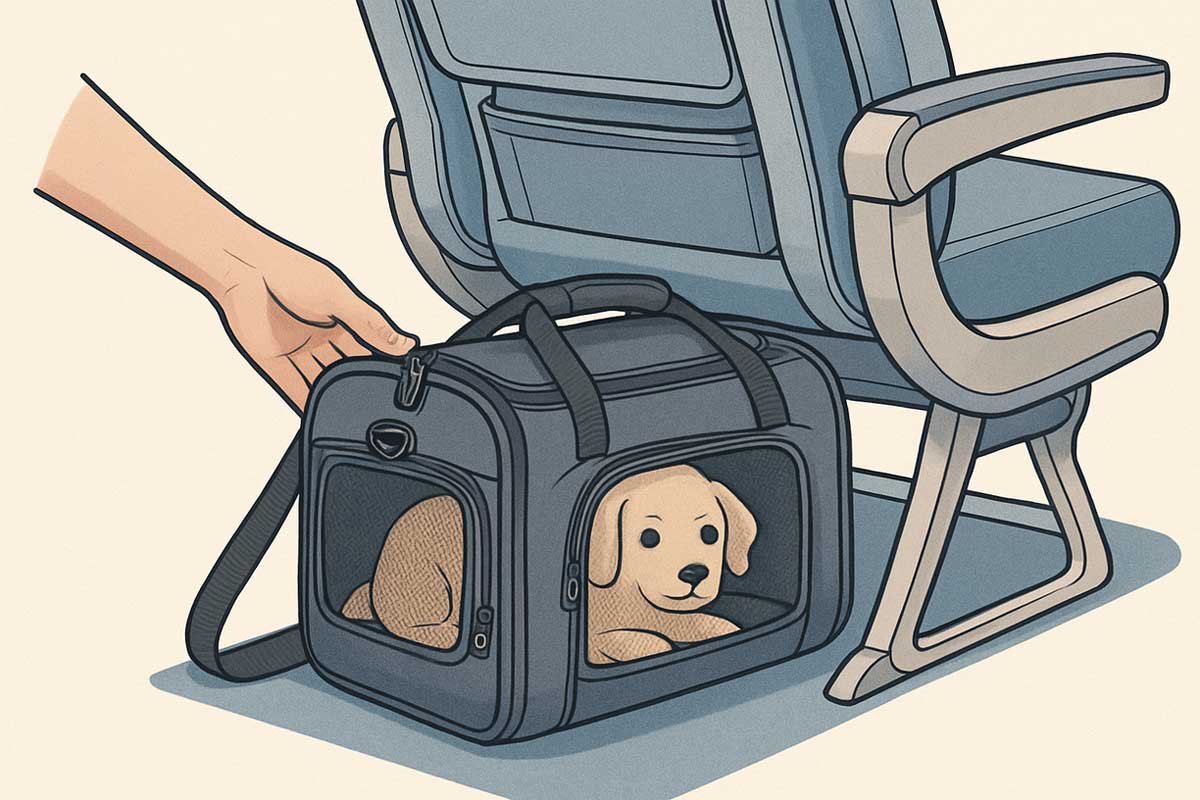
Common mistakes when measuring pets for carriers
Mistakes often include:
- Choosing a carrier that is too small
- Not checking the airline's guidelines
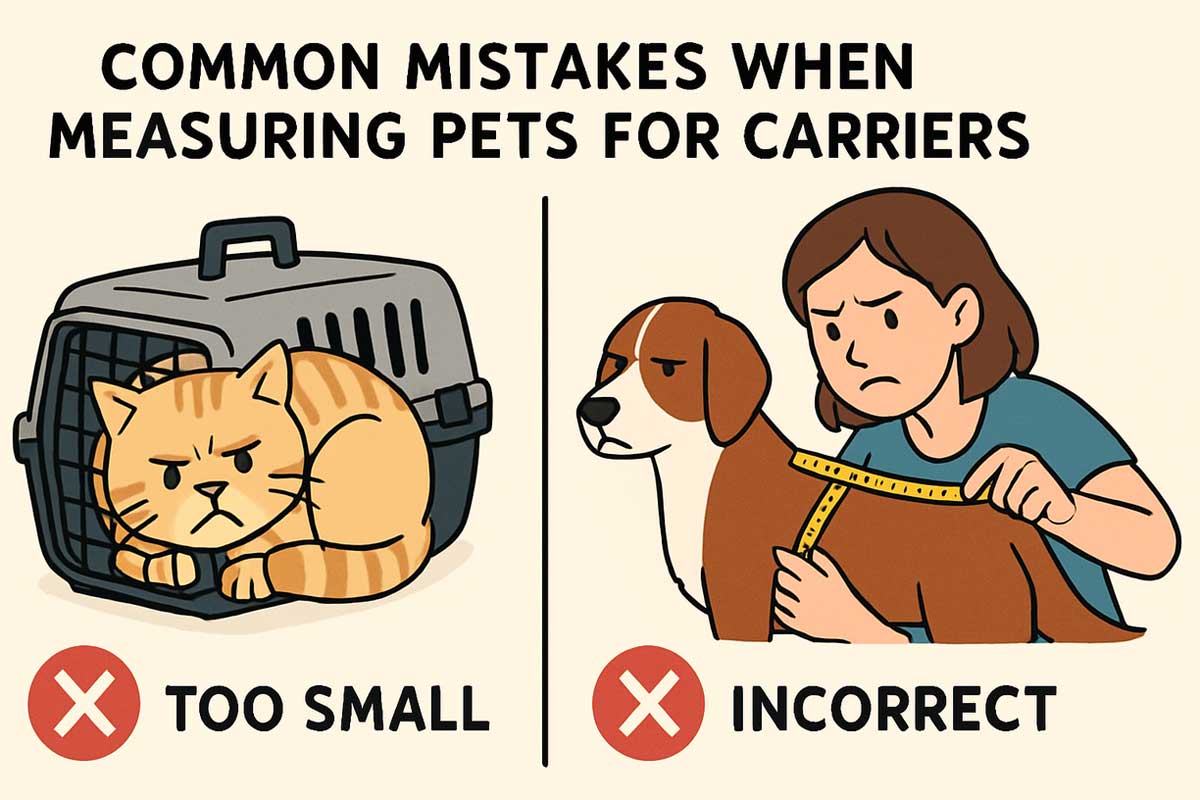
Common Mistakes When determining the right size for a dog carrier
Choosing the right approved carrier: comfort + compliance At Zoospot, you'll find IATA-approved flexible carriers for small and large pets. Easily order online and receive your order within 4 working days.
KLM Transavia Turkish airlines Lufthansa Brussels AirlinesFinnar AirFrance Delta Airlines Pegasus Eurowings TUI Fly Swiss
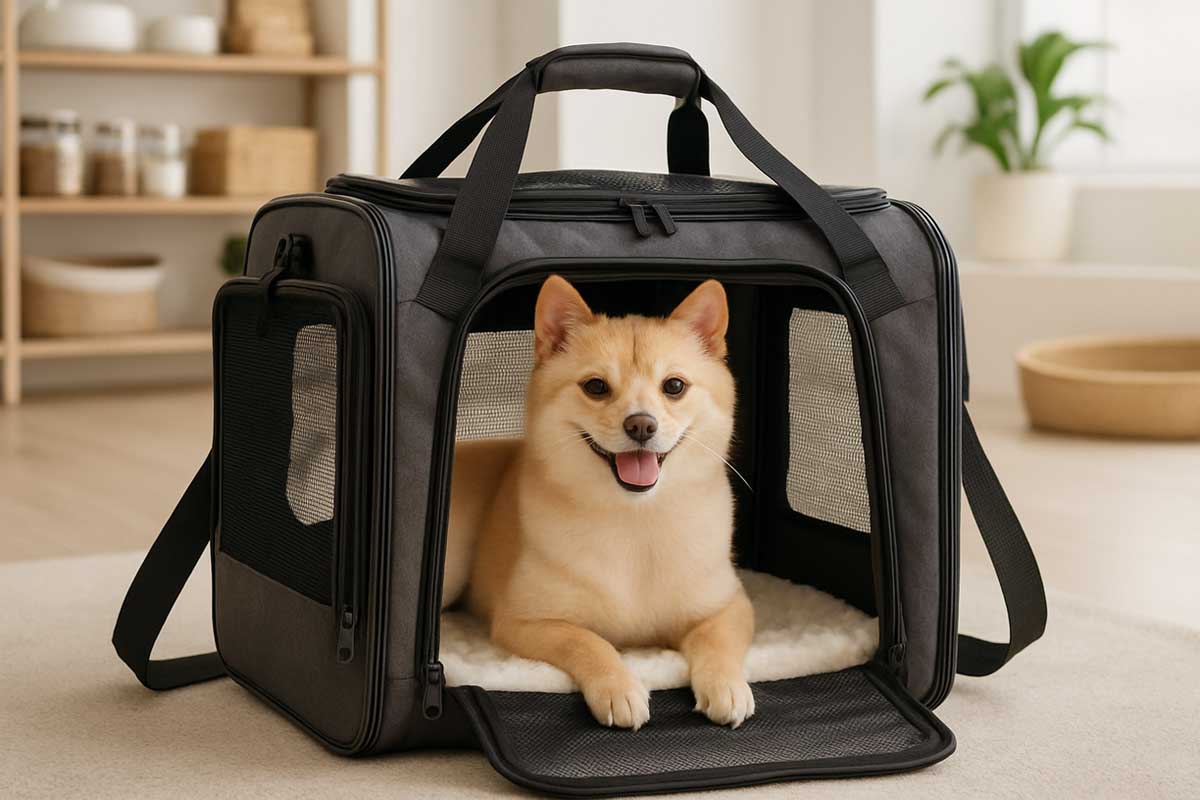


Recent posts